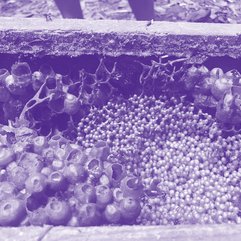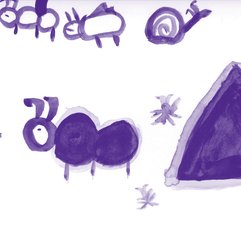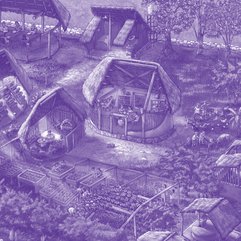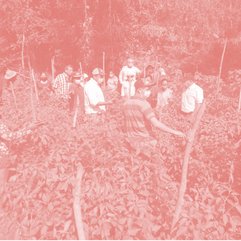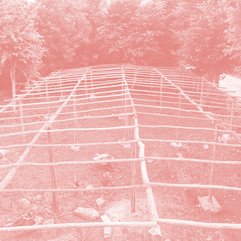Indigenous Peoples of the Earth as a Possible Key to Solving the Climate Crisis
The complete text is available only in Spanish and German. Please find the Spanish version here:
Los Pueblos Indígenas del mundo: una clave para la crisis climática
For years, Indigenous Peoples have demonstrated that they are experts in adaptation and resilience. 470 million people worldwide belong to Indigenous Peoples, they live in seven sociocultural regions, and although they make up only six percent of the earth's population, they are the custodians of over 80 percent of the world's biodiversity. In the face of centuries of discrimination and marginalization, the key to their survival lies in their holistic understanding of the world: in how they focus on nature and knowledge of their territories, cycles and temporalities. One example are the Maya people of the Yucatán Peninsula, who have survived for more than 3,000 years in a region where they are exposed to different extreme weather events. Thanks to practices such as the xook k'iin, a method for predicting the climate over the course of the year, by, among others, monitoring bioindicators, such as flowering times or the behavior of animals such as ants, the Maya have been able to adjust their agricultural calendars and select the best indigenous corn varieties for each of their milpas and solars, depending on the forecast. In this way, they ensure the food sovereignty of their families. Although many of these practices have been lost over time and continue to be threatened, today there are new generations that are rediscovering and harnessing them for their own benefit, as shown in this paper. As such, this paper also explores what the world can learn from Indigenous Peoples amid climate crisis and conflict, and in the aftermath of the Covid-19 pandemic.




